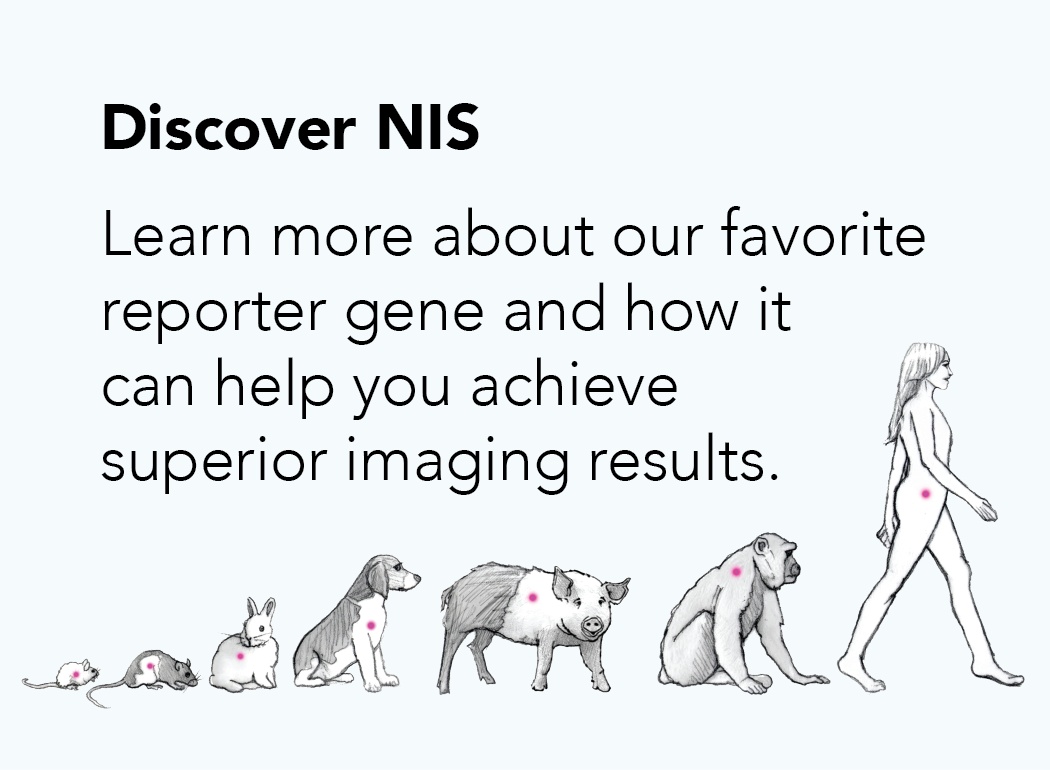RPMI-8226 (Multiple Myeloma)
Description
RPMI-8226 (ATCC® CCL-155TM)* cells are a multiple myeloma (MM) cell line originally isolated from the peripheral blood of a 61-year-old female plasmacytoma patient.1,2 The cell line is a protypical MM cell line. It is part of the LL-100 cell line panel, which consists of highly characterized leukemia and lymphoma cell lines for which whole-exosome and RNA sequencing is available.3,4
The RPMI-8226 cell line is considered a bona fide human myeloma cell line. It is negative for Epstein-Barr Virus, negative for CD19, expresses very low levels of CD20, but is positive for CD28 and CD38.5-7 The cells display a mature phenotype consistent with the terminal stage of B-cell differentiation. The cells express high densities of PCA1 and Ki-1, but no HLA-class II antigens and typically no B-cell antigens.8 RPMI-8226 cells produce large amounts of secreted λ-type light chains, but no γ-, α-, or μ-heavy chains or inact immunoglobulins.1
RPMI-8226 cells are widely used in immunology and immune-oncology research. Besides being useful for in vitro studies, the cells exhibit tumorigenicity in vivo in a number of immunocompromised xenograph mouse models.9-11
Stable reporter cell lines:
Our RPMI-8226 reporter cell lines can be used for in vitro or in vivo research. The luciferase (Fluc) and green fluorescence protein (GFP) reporters facilitate easy quantitation of cells for in vitro assays. Additionally, luciferase can be used for tracking tumor growth non-invasively in living animals through bioluminescence imaging. Our reporter cells are generated by lentiviral vector transduction, ensuring high, constitutive expression of the reporter proteins. The lentiviral vectors used for these transductions are self-inactivating (SIN) vectors in which the viral enhancer and promoter has been deleted. This increases the biosafety of the lentiviral vectors by preventing mobilization of replication competent viruses.12
References:
- Matsuoka, Y., Moore, G. E., Yagi, Y., and Pressman, D. (1967). Production of Free Light Chains of Immunoglobulin by a Hematopoietic Cell Line Derived from a Patient with Multiple Myeloma. Experimental Biology and Medicine 125: 1246-1250.
- Moore, G.E., et al. (1968) Cell line derived from patient with myeloma. New York State J of Medicine 68: 2054-2060.
- Quentmeier, H., et al. (2019) The LL-100 panel: 100 cell lines for blood cancer studies. Scientific Reports 9: 8218.
- Drexler, H.G. and Quentmeier, H. (2020) The LL-100 Cell Lines Panel: Tool for Molecular Leukemia-Lymphoma Research. Int. J. Mol. Sci. 21: 5800.
- Uphoff, C. C., Denkmann, S. A., Steube, K. G., and Drexler, H.G. (2010) Detection of EBV, HBV, HCV, HIV-1, HTLV-I and -II, and SMRV in Human and Other Primate Cell Lines. J Biomedicine and Biotechnology 2010: 904767.
- Pellat-Deceunynk, C. et al. (1995) Human Myeloma Cell Lines as a Tool for Studying the Biology of Multiple Myeloma: A Reappraisal 18 Years After. Blood 86: 4001-4002.
- Paino, T. et al. (2012) CD20 positive cells are undetectable in the majority of multiple myeloma cell lines and are not associated with a cancer stem cell phenotype. Haematologica. 97:1110-1114.
- Duperray, C. et al. (1989) Phenotypic Analysis of Human Myeloma Cell Lines. Blood 73: 566-572.
- Bellamy, W.T., et al. (1993) An in vivo model of human multidrug-resistant multiple myeloma in SCID mice. Am J Pathol. 142: 691-698.
- Schueler, J., et al. (2013) Intratibial Injection of Human Multiple Myeloma Cells in NOD/SCID IL-2Rγ(Null) Mice Mimics Human Myeloma and Serves as a Valuable Tool for the Development of Anticancer Stategies. PLOS ONE 8: e79939.
- Rozemuller, H. et al. (2008) A bioluminescence imaging based in vivo model for preclinical testing of novel cellular immunotherapy strategies to improve the graft-versus-myeloma effect. Haematologica 93: 1049-1057.
- Miyoshi, H et al. (1998). Development of a self-inactivating lentivirus vector. Journal of Virology 72: 8150-8157.
*The ATCC trademark and trade name and any and all ATCC catalog numbers are trademarks of the American Type Culture Collection.

